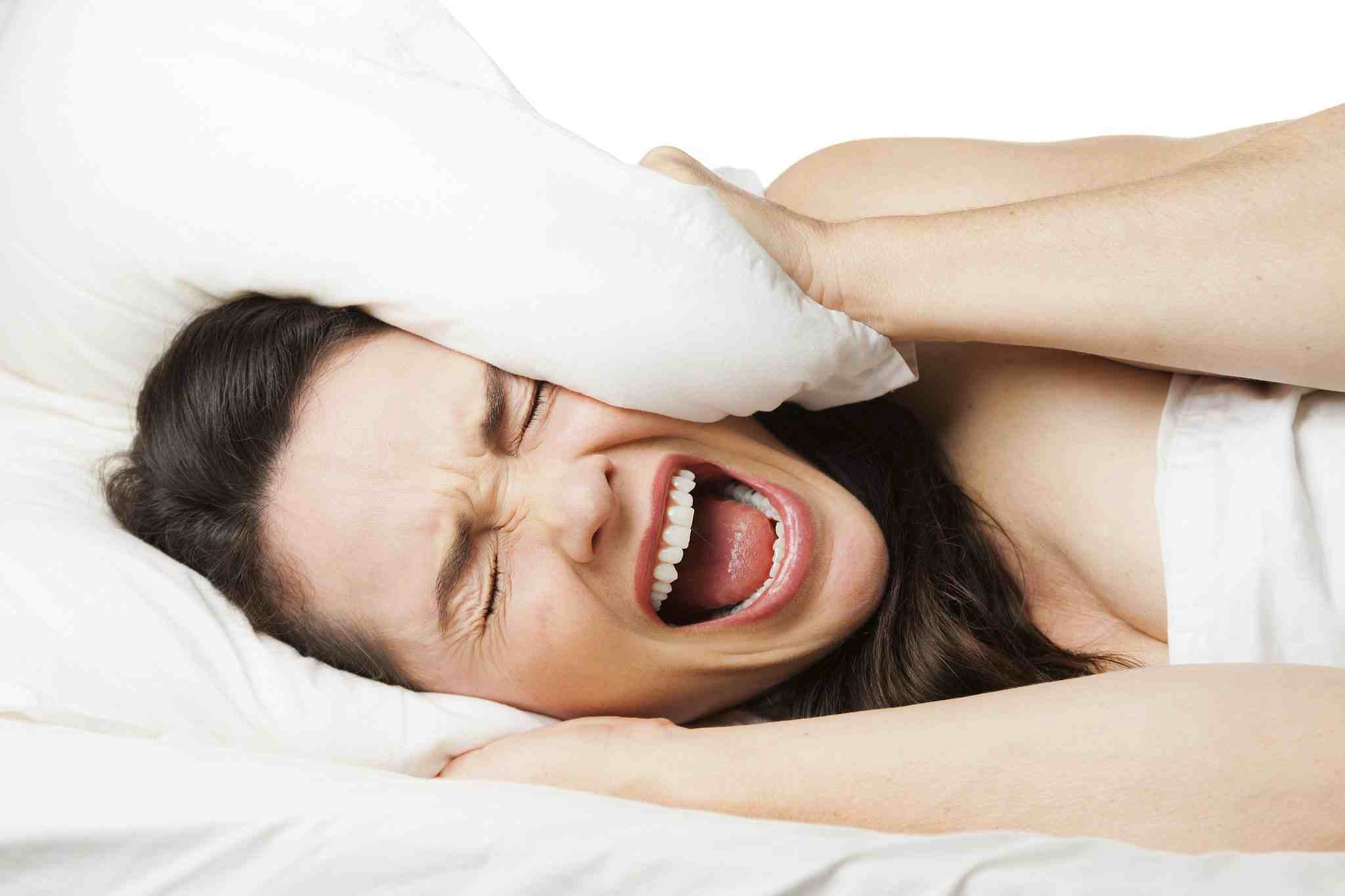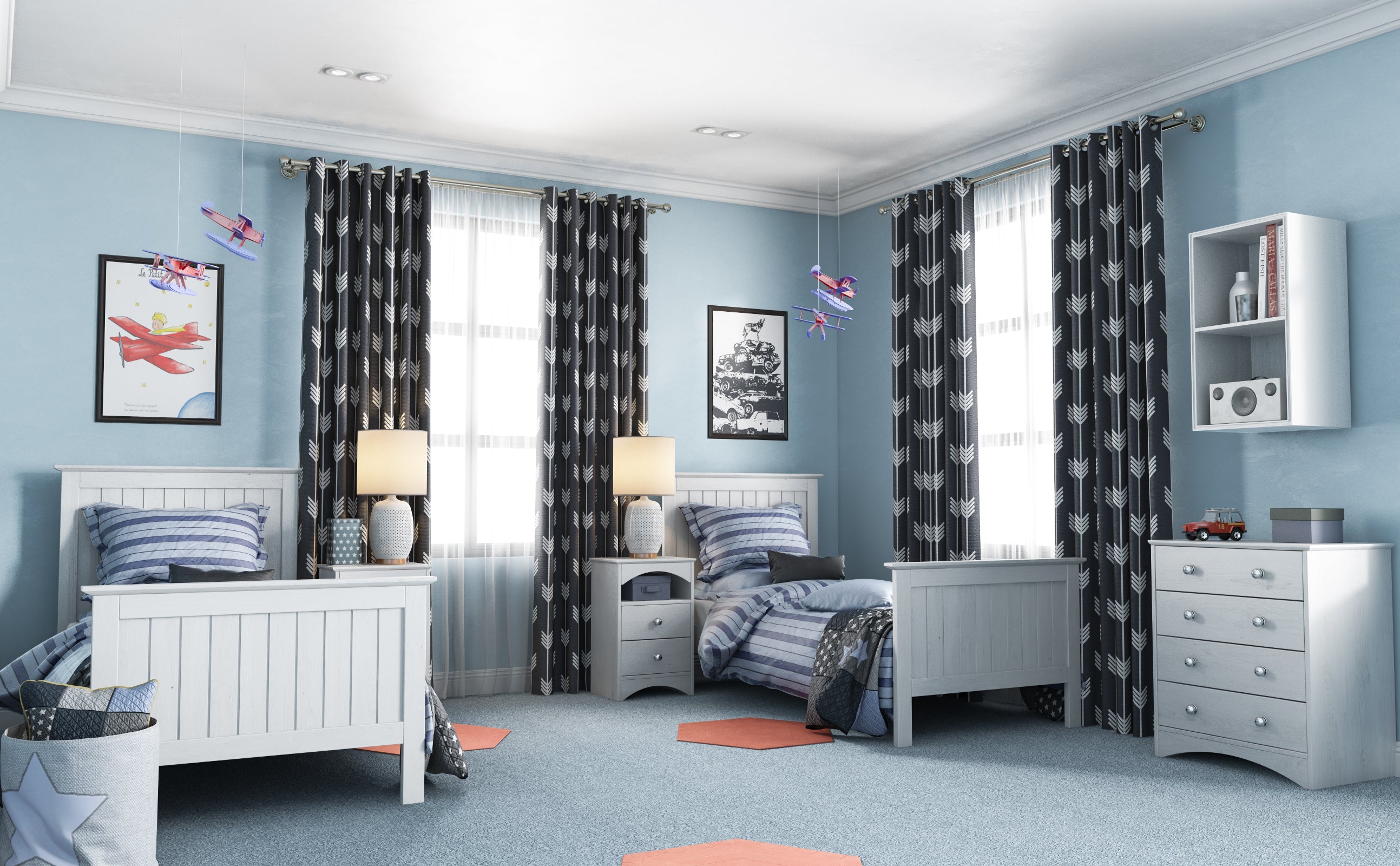SLEEP
Common Types Of Sleep Disorders
BY Sakatta Inc.
|
January 29, 2022
Share


There are several contributing factors to why a person may not be getting adequate sleep at night. Sleeping disorders are conditions that impact your normal sleeping pattern. Sleep deprivation can lead to overall health concerns like increased cardiovascular disease and mental health illnesses like depression. There are over 70 different types of sleep disorders. We will discuss the most common ones here to help explain you the symptoms, the cause, and how you can get treatment.
Insomnia
Insomnia is the most common sleep disorder, affecting about 10 percent of adults, with many potential causes. Insomnia is categorized as difficulty falling asleep and staying asleep. If it takes you more than 30 minutes to fall asleep for more than 3 nights on end then you could be suffering from a mild case. If symptoms prolong then you might be suffering from chronic insomnia. Some of the common causes are associated with high levels of stress, certain medications, anxiety or depression, as well as drug and alcohol abuse. Cognitive behavioral therapy has been known to deter insomnia. Meditations such as melatonin producers might be prescribed but can then lead to other issues like dependency.
Sleep Apnea
Sleep apnea is when the passageway of your throat is partially or completely blocked. It affects about 1 in every 5 adults. With this condition, the sleeper experiences repeated loss of air while sleeping and at times stop breathing all together. The episodes last at least 10 seconds each occurrence and can lead to drops in oxygen and blood levels. Sleep apnea has two distinctive causes, one is the blockage of the upper airway which obstructs oxygen flow and the other is why the brain failures to send a signal that initiates a breath. The secondary cause is referred to as central sleep apnea. The symptoms may seem like nothing as most patients with sleep apnea snore intensely loud during sleep. Some may just think that they are snorers when in fact they are suffering from apnea.
Sleep Paralysis
Sleep paralysis is noted by those affected to be a very terrifying and traumatic experience. It is when your brain cannot properly transition through the varying sleep cycles more notably, the REM cycle. REM which stands for Rapid Eye Movement is where our bodies receive the most rest. It is the part where dreaming occurs. During episodes of sleep paralysis the sleeper can experience vivid hallucinations where they feel like they are being watched, being tormented, and feel another presence in the room around them. These hallucinations are related to the mixed of REM sleep and wakefulness related to the disorder.
Narcolepsy
Narcolepsy is a sleeping disorder characterized by extreme and excessive drowsiness during the daytime. Some symptoms include random loss of motor skills such as driving, walking, standing, or sitting. Other symptoms include hallucinations and sleep paralysis. Narcolepsy is considered a rare disorder but it still affects around 200,000 people within the United States yearly as reported by the National Sleep Foundation. It is categorized to be a neurological disorder resulting in the brain’s loss of control of the sleep-wake cycle. The hormone hypocretin is known to be one of the primary agents of causing narcolepsy. Hypocretin is responsible for regulating the sleep wake cycle. Research suggests that some immune systems attack the brain chemical causing its depletion, resulting in narcolepsy. People who suffer from narcolepsy are referred to as narcoleptics.
Narcoleptic's have trouble maintaining a full night’s rest but they report to feel rested when they do get up in the am. Through the day however, they will experience several bouts of random sleep where they fall into REM sleep within 10 to 15 minutes. In a normal sleep cycle it takes anywhere from 60 to 90 minutes for us to enter into this cycle. If left undiagnosed, narcoleptics can suffer from tremendous amounts of psychological, emotional, and social stresses, inhibiting their way of life. Though there is no cure for narcolepsy some doctors suggest changes in lifestyle and behaviors especially in the hours before bedtime might ward off some of the effects.
Restless Leg Syndrome (RLS)
Restless legs syndrome (RLS) is a sleep disorder that causes an intense, often irresistible urge to move the legs during sleep. It is pretty common affecting between 7-10% of the total U.S. population. The feeling is a result of resting for long periods such as lying down in bed, sitting for prolonged periods such as while driving or at the movie theaters. RLS typically occurs in the evening, making it difficult to fall asleep and stay asleep. It can be associated with problems with daytime sleepiness, irritability, and concentration. Often, people with RLS want to walk around and shake their legs to help relieve the uncomfortable sensation. RLS is known to be a hereditary trait usually affecting people who are past the age of 40. Similar to narcolepsy it is categorized as a both a sleeping disorder and a neurological disorder stemming from the brain. The reason it affects sleep is because a symptom is the loss of night time rest and increased daytime sleepiness. This is similar to another sleep disorder, insomnia, where people who suffer have reported that they feel more agitated the next day, their productivity is greatly decreased, and that they experience an impaired memory.
RECENT ARTICLES
Sleeping Patterns In School-Aged Children
When it comes to sleep, no matter what age, it is a vital aspect to our daily lives that we mainly underestimate, don’t notice, or pay poor attention to. Children within the ages...
READ MORE17 Reasons Why Your Baby Isn’t Getting Enough Sleep
Here is a list of the main reasons you need to put your baby to sleep: Bedtime Too Late - Baby’s will feel restless and cranky if they are overtired and it will be much harder...
READ MORELearning to sleep - Train your baby
Sleep training is the process of teaching your baby how to fall asleep and stay asleep at bedtime. As they grow, your goal is to have them fall asleep with your touch, your...
READ MORE



